In this edition: 
- Insects:
- MORE Scale crawlers emerging
- Borers
- Beetles
- Diseases:
- Oomycete root diseases (Phytophthora, Pythium, Phytopythium)
- Leaf spots / foliage diseases
- Boxwood Blight – reminder
- Virus observations
- Nutrient Management
- Managing Soluble Salts by monitoring EC
- Plant Tissue analysis
- Plant Spotlight:
- American Holly (Ilex opaca)
- Cumberland Nursery / NJNLA – Twilight: tonight (6/15) for NURSERYMEN ONLY (contact twaller@njaes.rutgers.edu or 856-451-2800 Ext. 1. for details)
Please click “read more” below to get updates on pests, diseases, and other important resources for the week of 6/15/2023.
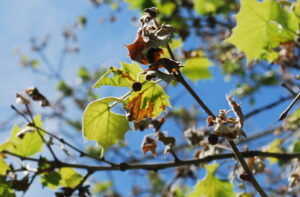
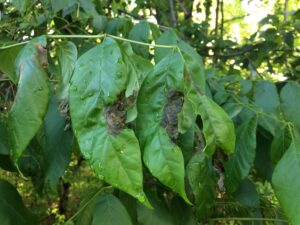
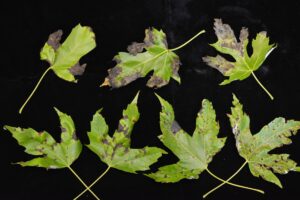
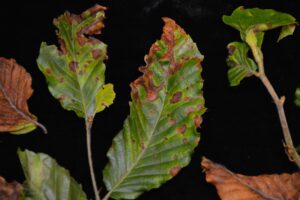
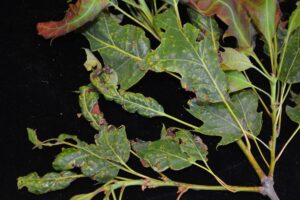
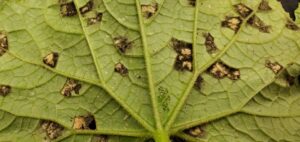
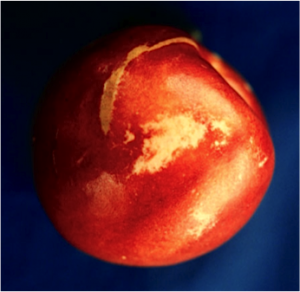
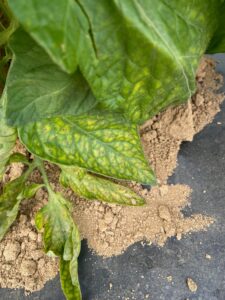
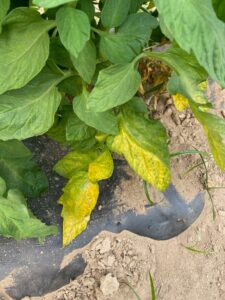 field on June 7, 2023.
field on June 7, 2023.